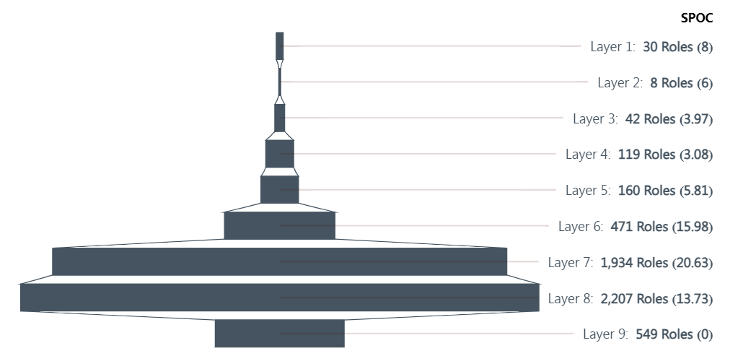We use cookies to help you navigate efficiently and perform certain functions. You will find detailed information about all cookies under each consent category below.
The cookies that are categorized as "Necessary" are stored on your browser as they are essential for enabling the basic functionalities of the site. ...
Necessary cookies are required to enable the basic features of this site, such as providing secure log-in or adjusting your consent preferences. These cookies do not store any personally identifiable data.
Functional cookies help perform certain functionalities like sharing the content of the website on social media platforms, collecting feedback, and other third-party features.
Analytical cookies are used to understand how visitors interact with the website. These cookies help provide information on metrics such as the number of visitors, bounce rate, traffic source, etc.
Performance cookies are used to understand and analyze the key performance indexes of the website which helps in delivering a better user experience for the visitors.
Advertisement cookies are used to provide visitors with customized advertisements based on the pages you visited previously and to analyze the effectiveness of the ad campaigns.
Other cookies are those that are being identified and have not been classified into any category as yet.

Determining the optimal ‘spans of control’ is crucial for maximising organisational effectiveness. This article explores how the ideal number of direct reports for managers varies based on factors like company culture, work complexity, and desired outcomes. It also offers best practices, potential pitfalls to avoid, and insights into customised span analysis.
Reading time: 5 minutes
At Q5, we are often asked, “what spans of control should we have to maximise the effectiveness of our organisation?” Unfortunately, the answer isn’t so simple, meaning our response will almost always be “it depends.”
While best practices and rules of thumb exist, the ‘optimal’ number for your organisation will depend on various factors, ranging from your culture to the complexity of work being done.
Your ‘optimal’ number will also depend on your desired outcomes. Many organisations look to improve their effectiveness and efficiency, while others prioritise cost reduction by reducing their manager to employee ratio.
In this article, we delve into the effects of different spans of control, highlight potential pitfalls to avoid, and share best practices along with the strategies we employ at Q5.
When we talk about spans of control, we are referring to the number of direct reports a manager oversees. A “narrow” or “low” span of control indicates that a manager oversees fewer employees, while a “wide” or “high” span of control describes a manager overseeing a larger number of employees.
We also use the term “layers”, which is the number of managerial levels there are between the CEO and the most junior employee in the organisation.
At Q5, we assess spans of control and layers in most organisations we work with. They are an important consideration in organisation design as they impact the level of hierarchy, autonomy, accountability, communication, and efficiency within teams and the whole organisation. Organisations must weigh up the trade-offs between having wide or narrow spans of control, and match this to their vision.
While both wide and narrow spans of control are acceptable depending on your organisation’s context and ambitions, there are some red flags to avoid.
An example spans and layers analysis based on a holistic view of the whole organisation may look like this…

Whereas, if you split the two functions out separately, they would look like this…

Unfortunately, there is no ‘one-size-fits-all’ answer to identifying the right spans of control, but there are some general principles to follow at an organisational level:
Nevertheless, there are exceptions to these principles. Factors such as your company’s culture, current managerial capability and desired ways of working may impact your optimal span of control. For example, organisations that want to empower their employees and increase the speed of decision-making may opt to have wider spans of control to facilitate this.
Whereas, at a team level, it is important to consider:
The spans of control highlighted in the diagram below serve as general guidelines for three common manager archetypes, based on the type of work being performed by their team.

Nevertheless, no matter whether you are assessing your whole organisation, a function or a specific team, it’s important to consider what your priorities are. Organisations focused on cost reduction often have unrealised savings by having excess managers and spans of control that are too narrow.
As an example, we often see organisations with >9 layers and average spans of control of <4. In such cases, there are clear opportunities to increase spans of control and reassess the amount of people managers there are in the organisation, which can reveal potential cost savings.
At Q5, we support our clients use their data to inform their organisation design, working alongside our award-winning “Metro Map” methodology.
Our proprietary tool, OrgMaps, quickly transforms HR data into organisational insights, including spans of control and layers, which can be cut by team, function, or geography to provide a comprehensive understanding of every aspect of your business.
Click here to find out more about what OrgMaps can do.
Or book an OrgMaps demo here.
